Contents
Arthur Lydiard
Running to the Top
In Collaboration with Garth Gilmour
Meyer & Meyer Sport
British Library Cataloguing in Publication Data
A catalogue record for this book is available from the British Library
Arthur Lydiard: Running to the Top
In collab. with Garth Gilmour
Maidenhead: Meyer & Meyer Sport (UK) Ltd., 2011
ISBN 978-1-84126-335-9
All rights reserved, especially the right to copy and distribute, including the translation rights. No part of this work may be reproducedincluding by photocopy, microfilm or any other meansprocessed, stored electronically, copied or distributed in any form whatsoever without the written permission of the publisher.
1997 by Meyer & Meyer Sport (UK) Ltd.
3rd Edition, 2011
Auckland, Beirut, Budapest, Cairo, Cape Town, Dubai, Indianapolis, Kindberg, Maidenhead, Sydney, Olten, Singapore, Tehran, Toronto Member of the World
 Sport Publishers Association (WSPA)
Sport Publishers Association (WSPA)
www.w-s-p-a.org
eISBN: 978-1-84126-768-5
E-Mail: info@m-m-sports.com
www.m-m-sports.com
Chapter 1: The Twenty-one Factors
T wenty-one factors influence the running athlete. Some are factual, some physical, the rest mental. All of them play a part in how well an athlete performs, how successfully he or she can reach whatever level of achievement he or she aspires to.
Here they are:
- The date of the race
- The challenge the race represents
- Age
- Talent
- Health
- Nutrition
- Drugs
- Hormones
- Body build
- Running technique
- Aerobic capacity
- Weight
- Body fat
- Training methods
- Coaching
- Tactics
- Self-discipline
- Track conditions
- State of the weather
- The opposition
- The balance between aerobic and anaerobic exercise
Some of them appear under more than one heading. For instance, your weight and body fat at any given time are facts but they are physical conditions which can be altered. And there are some physical conditions which are susceptible to mental influences or can influence mental attitudes. Each is an integral part of the whole athlete and his or her little personal encyclopedia of knowledge.
We have not given them any order of priority because none exists but, perhaps, the single most important factor of them all is the first listed the date of the competition.
Think about it. You do not have to be an Einstein to see how significant that race date is. Whether the race is a club championship, a national title event or an Olympic Games final, everything that happens in the lead-up to it and were talking from weeks to years depending on the individual athletes level of experience and ambition is aimed at that single event. Anything else along the way is merely a stepping stone to the ultimate goal. So, everything the athlete does in that lead-up has to be timed correctly and precisely to produce the peak performance when the starting gun sounds on the big day. If you doubt that, listen to any group of athletes talking after a championship.
They are noted for their excuses after events and a great many excuses followed the 1990 Commonwealth and 1992 Olympic Games. A lot of those Olympic titles were won in times that very many competitors had comfortably bettered. Yet, on the day, they could not perform anywhere near their best. This was particularly so in the 10,000 metres. It was won in 27 m 46 s, yet there were runners in the field who had been close to 27 m flat and could not even break 28 m on the most important day of their running careers.
This demonstrates that the race date is indeed the key to correct training. I often tell young people, Look, last year, you ran the best race of your career. Everything went right and you performed at your very best. Now, if you know why that happened and you put your training plan together properly to reproduce that peak performance again on the day of the first race you want to win this season, then I would say you know something about training.
Until you can do that, you dont know a damn thing about it. You are just a good athlete who, one day, without realising why it is happening, will run a good race.
I often refer back to Lasse Viren, who, after his first Olympic triumphs, was injured and out of running for a couple of seasons but then came back as great as before. The American accused him of blood-doping, which was ridiculous. The reason was simply that I had taught the Finns how to construct a programme and follow it to achieve peaks when they wanted them and the Finns had listened and learnt. Viren knew the programme that got him his first Olympic medal; all he had to do to win some more was repeat it.
Many of the medal winners in the 1992 Olympics were not the best athletes but they were the best-prepared athletes on the day of competition. I cannot emphasise this strongly enough: A world of difference lies between the two.
The 1992 Olympic 10,000 was the perfect example. Once you have achieved that peak, of course, thats not the end of it. You can go on, holding that peak from race to race, until your condition starts to deteriorate. Then you go back and rebuild.
So that, fairly succinctly, is what this book is all about: Guiding you to get all those 21 elements together in the right place at the right time for you to attain your selected goals in athletics.
Lets begin by considering why running is for everyone from potential Olympic champion to the woman or man, girl or boy who merely wants to get that extra enjoyment and satisfaction out of life that spring from simple physical and mental fitness.
Chapter 2: Why is Running Valuable?
T he key that opens the first door to that goal is oxygen. We can be healthy without being fit. Or we can be fit without being healthy. What we need to aim for is both fitness and health. The first fundamental we have to recognise, in trying to reach this happy combination of both, is that nearly every metabolic reaction in the human body depends, directly or indirectly, on oxygen. The key, therefore, is to achieve the best oxygen uptake level possible to feed the metabolic processes.
The second fundamental is that the only way we are going to get that higher oxygen uptake level is by steadily exercising over long periods and the only way we can do that, day after day, is by maintaining the exercise at an aerobic level, not an anaerobic level.
Whats the difference? Aerobic exercise requires the presence of oxygen; anaerobic exercise does not. A muscle can contract for a while under the anaerobic conditions of inadequate oxygen supply but, sooner or later, the restoration of an adequate oxygen supply is essential for the recovery of that muscle or it ceases to function efficiently.
Drs Laurence Morehouse and Augustus Miller in their Physiology of Exercise say quite simply that aerobic metabolism is far more efficient than anaerobic metabolism because more energy is derived from a given amount of foodstuff when the reactions occur under aerobic rather than anaerobic conditions.
So it follows that aerobic activity can be sustained by drawing energy from the oxygen we supply to the operating muscles and, the more efficient the supply, the more efficient and enduring will be the activity.
This brings us to the heart, the large pumping muscle which transports oxygenated blood from the lungs through the bloodstream to supply those muscles. We have to teach that pump to work progressively harder to take more blood with more oxygen to where its wanted. Only one set of the bodys multitude of muscles can work long enough and hard enough to maintain a reasonably high aerobic pressure on the blood vascular and cardio-respiratory systems to achieve that desired result. They are the quadriceps, the large muscles at the front of the thigh.

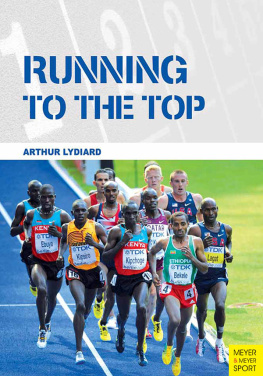
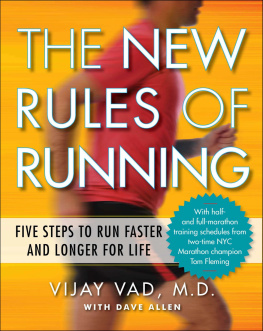
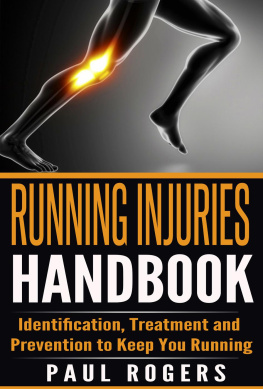
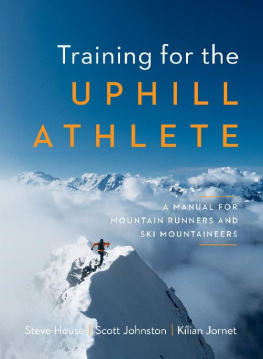
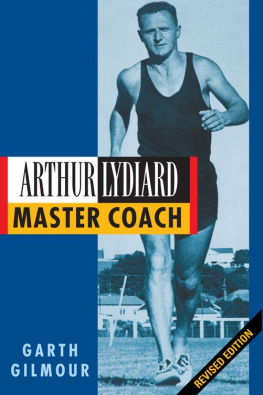
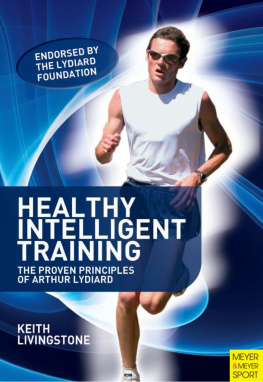

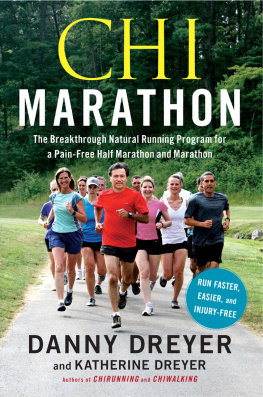
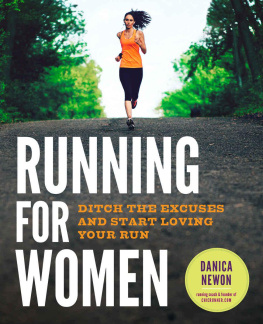
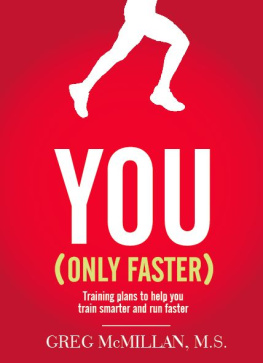
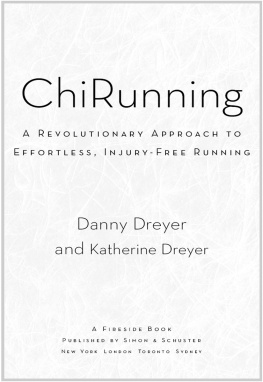
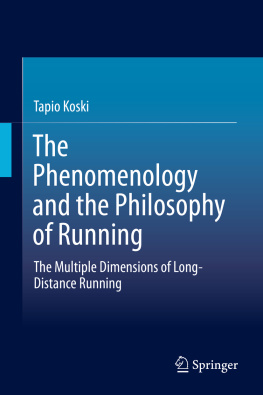

 Sport Publishers Association (WSPA)
Sport Publishers Association (WSPA)